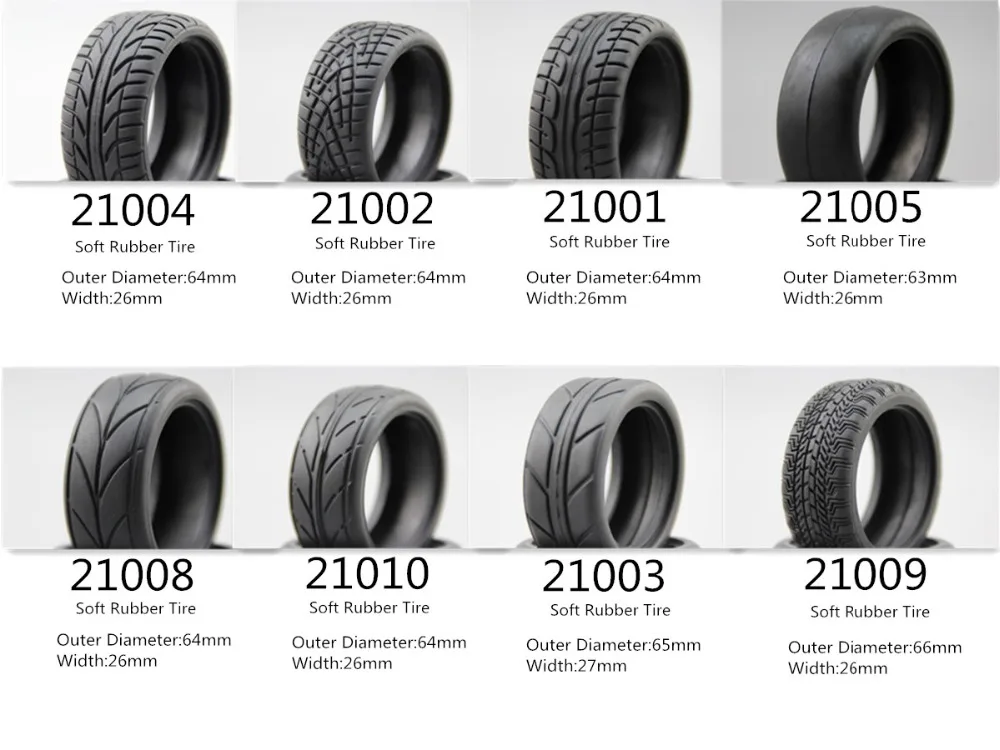As a car owner, you need properly working tires for a seamless driving experience; however, your tires could still develop problems despite the introduction of the more advanced tubeless tires.
Tire leakage is one of the most common issues for most drivers because it happens unexpectedly. If your tire has a leak around the rim, how do you fix it? Here’s all you need to know!
Tires leak air around the rim because of punctures, tire bead damage, ripped tires, rim problems, or deteriorating valve systems. To fix the leak, drivers have to remove the tire to reseat the bead and reseal, which can be done at home if you have the appropriate equipment or with the help of a mechanic if the inner-tube tires need fixing.
For more information about what causes the tire to leak around the rim, how to fix and prevent it, and how much it will cost to repair your tires, read on!
Identifying a rim tire leak can be difficult to notice at first if your car has a slow leak; however, if your vehicle has a built-in tire-pressure monitor system or TPMS, you’ll get a low-pressure notification because the leak causes the PSI )pounds per square inch) to decrease.
If your tire is leaking, here are the reasons why this could be happening.
Tire Puncture
Once you run over a sharp object, you could puncture your tire. While most drivers assume that the puncture will cause the tire to go flat immediately, this is not usually the case, and the hole might cause a slow two-to-three PSI leak per week.
In some cases, the sharp object like a nail can remain lodged in the tire, which prevents the air from leaking out quickly.
Whether it’s a minor damage or not, you shouldn’t ignore the leak as this may lead to extensive tears and tire damage.
According to The Inflator, approximately seven tire punctures occur every second in the U.S. alone; therefore, this is the first thing you should check for when there’s a leak.
Valve Stem Damage
Valve stems are critical parts of the tire system, and they come in different forms and sizes depending on the tire.
These stems are the tiny protrusions on your tire that you unscrew during inflation; therefore, they need to be in good shape, without any damages or dirt-clogged.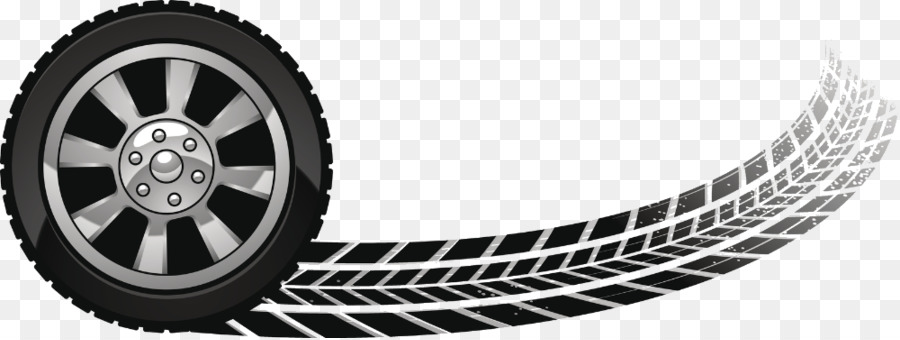
Additionally, when valve stems get exposed to elements over time, they become worn out or corroded, which can cause the air to leak around the rim.
Bead Leak
Tire leaks can also result from bead damage, where the tire seals itself to the rim.
To know whether the bead is the problem, you’ll need to determine how old the tire is because if your tire has dry rot or is older, it may no longer seal properly and have reduced elasticity.
Additionally, beads also get damaged because of a corroded rim or when the tire is mounted or removed using a tire lube.
Your entire wheel gets this type of damage if you regularly hit potholes or bumps at high speed, deforming the wheel’s metal surface, which may cause the tire to pull away.
Keep in mind that if the bead is damaged and you can’t seal the tire to the rim, you have to replace the tire.
Rim Issues
If you are using aluminum or magnesium alloy wheels, your wheels are more susceptible to corrosion, which affects the part where the rim meets the tire bead.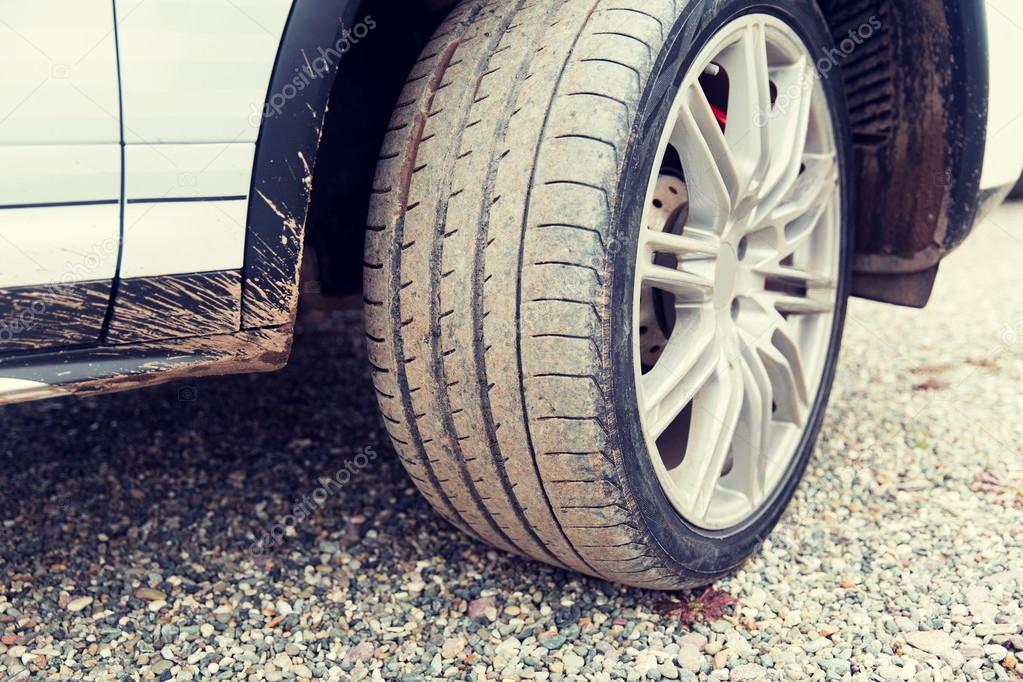
Rim damage can be caused by several causes, especially if you are constantly driving on bad roads with many potholes.
Before installing new tires, ensure your technician checks the bead seal and wheel correctly to confirm that the rims are not corroded.
Furthermore, check for wheel porosity that causes air to leak from the rim due to corrosion, incorrect wheel weights, or poor casting. To fix the leaking issue, avoid injecting a tire sealant and fix the rim first.
Once you discover that your tire is leaking air around the rim, what next? Here are some steps to guide you.
1. Remove The Tire
To identify the cause of the leak, you’ll need to remove the tire and place it on a flat surface with the valve stems facing up.
2. Fill The Tire And Rim With Soapy Water
Add soapy water to your tire; around the outer edge of the rim, the area of the leak will be identifiable through bubbles from the leaking air.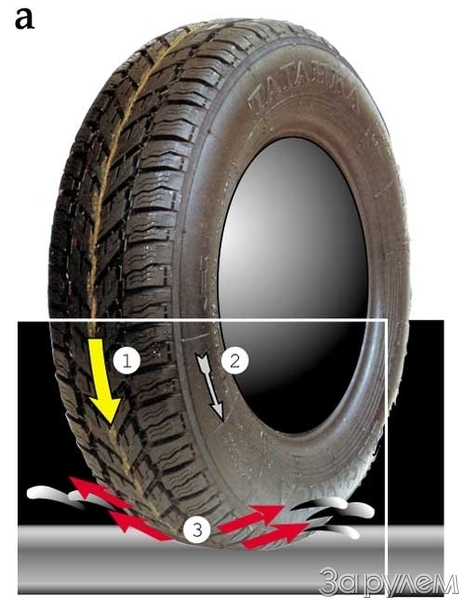 Mark the area and move to the next step.
Mark the area and move to the next step.
3. Release Air From The Valve Stem
After you’ve marked the area, empty the air from your tire by pressing inward on the valve system using the valve removing kit in your car or unscrewing it from the stem.
4. Separate The Tire and Rim
Since the tire and the rim are attached with a seal, you’ll need something heavy like a wood board to separate them.
Use a hammer to hit the wooden plank until the tire’s bead breaks free from the rim.
5. Clean The Tire and Repair
Once the two parts separate, you can stop the leak around the rim by cleaning the tire’s edges with a cloth to remove loose debris and dirt.
After the cleaning is done, you can add some repairing solution to the leakage and start filling the air.
Once you fill the tire with the desired air pressure, you can check again for any leakages using the same process with soapy water.
Fixing a tire rim leak can be expensive or affordable, depending on the leak’s cause and where you get the service done.
According to customer reviews, if you get the leak repaired at the shop you bought the tire from, you are more likely to get this service for free, but if you go to a different dealer, expect to pay $10-$20.
However, if the leak is because of a damaged rim, you’ll incur more costs which vary greatly depending on the brand.
If you check popular online sites, rims’ prices range from under $25 to $200; therefore, it will cost you more to repair the leakage if you have to replace the rim or entire tire.
To avoid this tire leak, there are some preventive measures that you can take.
Regular Maintenance
As mentioned above, tire leakage can result from valve stems or rims that are dirt clogged; therefore, you need to check your tires regularly.
With more accidents connected to tire blowouts and issues, it’s safer to have your tires checked for any potential problems to prevent leaking around the rim.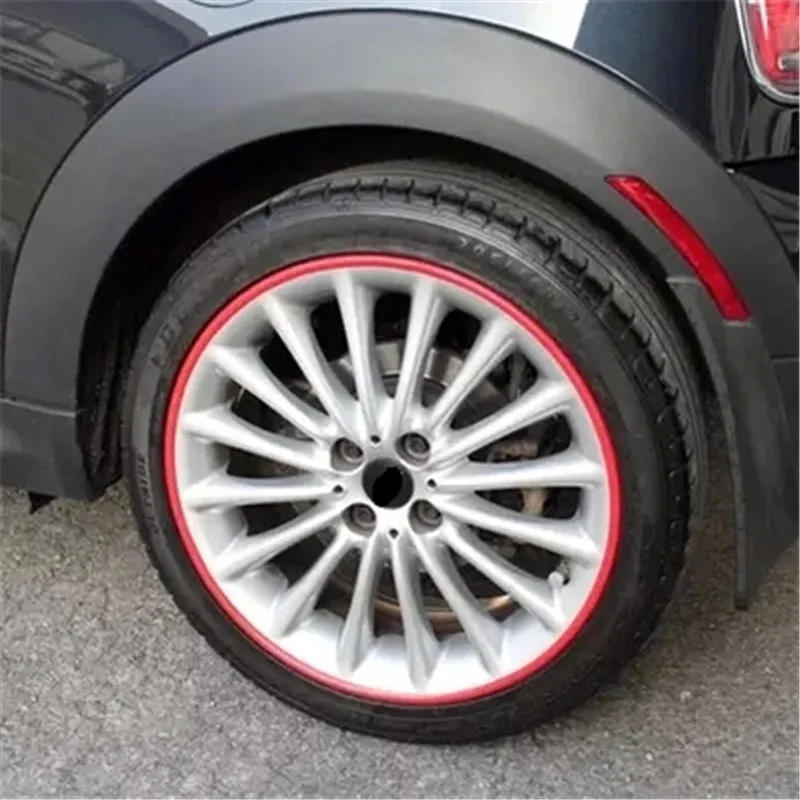
Drive Carefully
We have already established that punctures are the number one cause of tire leakage; therefore, if you can, it’s best to avoid situations that could cause punctures.
To achieve this, you should drive more carefully and at recommended speeds, especially on roads with potholes or speed bumps.
Avoid Overinflating Tires
Overinflating tires doesn’t solve a tire leakage problem. Once you identify that air is leaking around the rim, follow the above steps I shared to fix the issue.
However, if you choose to overinflate, the tires will become unstable, rigid, and lose traction when you are driving.
Use A Professional Mechanic
According to the U.S. Tire Manufacturers Association, drivers should supplement their monthly inspections with regular professional tire care.
The check should include wheel balancing, alignment, and tire inspection to protect your tires from leaking air.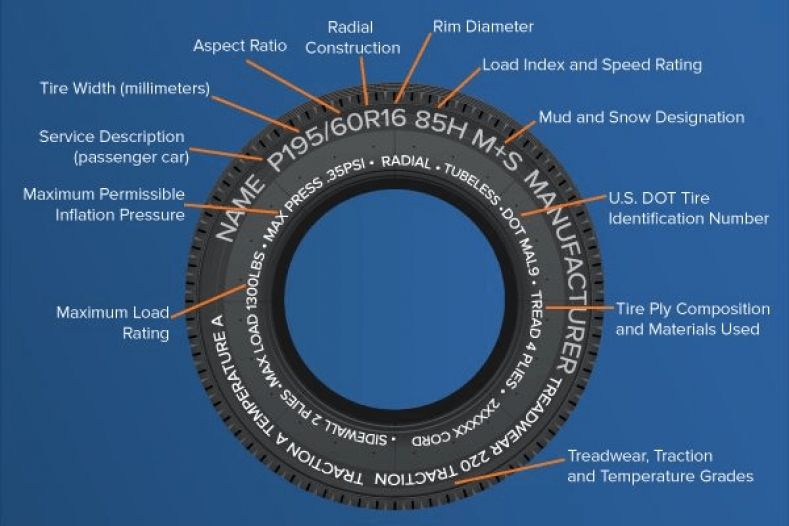
To find out more, you can also read our posts on how common are flat tires, underinflated tires, and how long will tires last with bad alignment.
Tires leak air around the rim for several reasons, but luckily this problem can be fixed and prevented.
While it’s possible to fix a leak at home using the kit from your car, you can also enlist the services of a professional mechanic if you spot extensive damage.
I have shared some simple steps that you can take to fix the leak, especially if you are doing it at home.
To avoid these tire problems, regularly check your tires for air pressure and damages at least once a month, consult professional mechanics, and drive carefully to avoid incurring extra repair costs.
A slow tire leak is more than just a nuisance. A leak can lead to low tire pressure. Not to mention, prolonged running on an underinflated tire can lead to more extensive tire damage or even cause a dangerous blowout.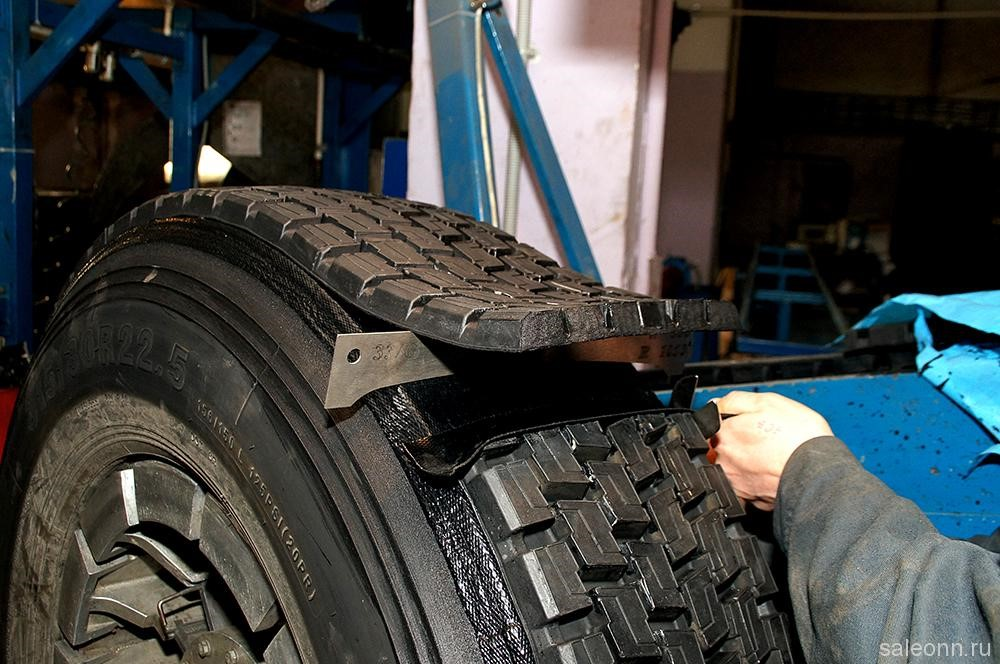
A tire puncture: It is a common misconception that a puncture will cause the tire to immediately go flat. However, in many cases the object that caused the puncture remains lodged in the tire and prevents the air from leaking out quickly. As with all tire leaks, it is important not to ignore a puncture. Eventually the object will either wear down and/or work its way out of the tire. For more on this read our article How to Repair a Tire with a Safe, Permanent Fix.
Wheel damage: Another common cause for slow tire leaks is damage to the area where the tire bead meets the rim. This type of damage is typically cause by the driver hitting the curb, taking a speed bump at high speeds OR those dreaded potholes! The impact deforms the wheel’s metal surface which may cause the tire to pull away from the mounting surface of the wheel.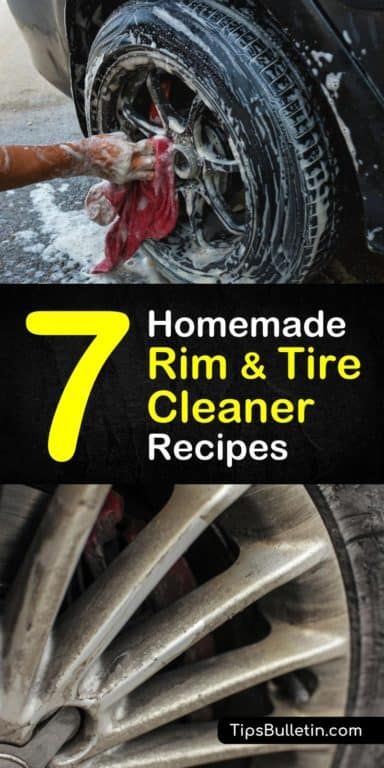
Valve stem damage: The third most common cause for slow tire leaks is worn out or damaged valve stems. Time, use and exposure to elements can cause your valve stems to wear out and cause leaks.
Diagnosing your tire leak:
If your vehicle is equipped with TPMS, you will know right away if you have a leak. If the sensor light on your dashboard goes off, you inflate all the tires back to proper pressure and the light goes back on a few days later – you likely have a leak. If your vehicle does not have TPMS, its important to check your tire pressure regularly.
Once you’ve identified that you have a leak, use TECH Chek to locate the source of your leak. Simply spray the product all around the tire. Where the surface of the tire begins to bubble is likely the source of your leak.
It’s important to have your tire diagnosed by a professionally trained tire shop or mobile tire repair service as soon as possible. In the case of a puncture, you may want to use a tire repair kit to keep your tire properly inflated until you can have it serviced.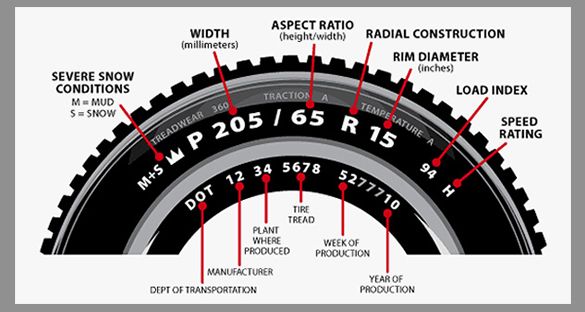 The leak should then be permanently fixed using a proper tire repair consisting of a cured rubber stem and repair unit.
The leak should then be permanently fixed using a proper tire repair consisting of a cured rubber stem and repair unit.
If the leak is caused by a damaged valve, a trained tire technician can typically replace the valve at a minimal cost. In some cases, however, the tire may need replaced.
If the leak is caused by a damaged wheel, a tire technician may be able to reseat and seal the tire using a bead sealer. However, if the damage to the wheel is significant, unfortunately that means you may need to replace the wheel itself.
To read more about the types of damage that can and cannot be repaired, click here!
If you find a flat tire, stop in a safe place, turn on the warning light, assess visibility and, if necessary, set a warning triangle: The Highway Code requires a distance of at least 15 meters from the car in a built-up area and at least 30 meters from the car outside the settlement. When choosing where to stop, consider the amount of space on the side of the vehicle that is needed to deal with a flat tire. Do not stop on the road or in places where stopping is prohibited: a punctured tire can cause a sudden stop, but you can drive several tens of meters to find a safe and convenient place to stop. At night or in conditions of limited visibility (for example, in fog or rain), it is mandatory to wear a vest with reflective elements - this is required by section 2.3.4 of the Highway Code and common sense.
When choosing where to stop, consider the amount of space on the side of the vehicle that is needed to deal with a flat tire. Do not stop on the road or in places where stopping is prohibited: a punctured tire can cause a sudden stop, but you can drive several tens of meters to find a safe and convenient place to stop. At night or in conditions of limited visibility (for example, in fog or rain), it is mandatory to wear a vest with reflective elements - this is required by section 2.3.4 of the Highway Code and common sense.
Now we can start working on the wheel. We will look at several options in turn, and then proceed to repair the damaged tire.
The most obvious solution to a flat tire is to replace it. If you have a spare tire that you know is in good condition, it's best to have it installed and have the punctured tire repaired at a car repair shop - it's much safer and better than doing it yourself.
Flat tire - punctured If you don't have a working spare but you do have an inflator or compressor, you can assess the damage to the tire and try to re-inflate it to get to a tire shop.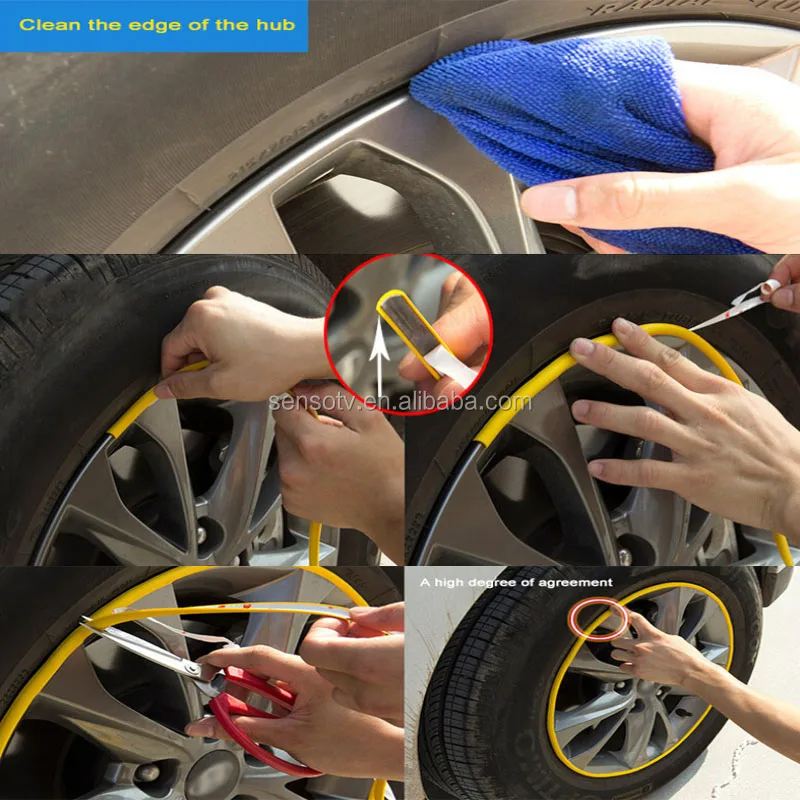 The best place to start looking for air leaks is at the valve (aka "nipple" or "nipple"): a failed nipple is often the cause of a tire puncture. It's easy to check: unscrew the protective cap (if there is one), pour water on it (or suck on it, as in childhood): air bubbles will let you know there is a leak. In this case, you can try to replace the spool valve by unscrewing it and screwing in a new one, but if a new valve is not available, and also at the nearest store, you can try just unscrewing and screwing it back. Whether it helps or not, you should visit a tire shop to have the valve core or entire valve replaced.
The best place to start looking for air leaks is at the valve (aka "nipple" or "nipple"): a failed nipple is often the cause of a tire puncture. It's easy to check: unscrew the protective cap (if there is one), pour water on it (or suck on it, as in childhood): air bubbles will let you know there is a leak. In this case, you can try to replace the spool valve by unscrewing it and screwing in a new one, but if a new valve is not available, and also at the nearest store, you can try just unscrewing and screwing it back. Whether it helps or not, you should visit a tire shop to have the valve core or entire valve replaced.
If the valve is tight and the tire is flat, it is most likely a puncture. The easiest way to find a puncture, if there are no foreign bodies, is to pour water on the tire and check its surface: damage will be detected by air bubbles. However, often the cause of a puncture can be found along with it: a screw, nail or other random object sticking out of the wheel will clearly indicate the place of depressurization.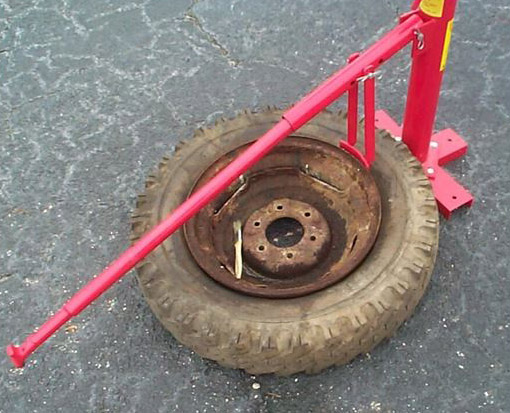 In this case, there is no need to immediately remove the foreign body: it will partially seal the hole, and if the pressure loss is slow, you can try to inflate the tire and go to the tire shop.
In this case, there is no need to immediately remove the foreign body: it will partially seal the hole, and if the pressure loss is slow, you can try to inflate the tire and go to the tire shop.
The same applies to wheels that leak around the rim or due to a faulty valve. Usually the air deflates slowly, and you can inflate the tire and drive to the repair shop. By the way, rim leaks can occur as a result of deformation of the rim upon impact - for example, when hitting a pothole with sharp edges. Such situations can lead to damage to both the rim and the tire bead, in which case the rim must be straightened and the tire repaired or even replaced. To avoid rim leakage, check the rim every time you change tires. Loss of tightness is caused either by corrosion or disk deformation, and not only steel disks are subject to corrosion, but also disks made of light alloys. Therefore, if you see paint blistering or rust on the rim, seal the tires with rim sealant: when changing tires, it will be cheaper than removing and reinstalling the tire to fix a leak on the rim.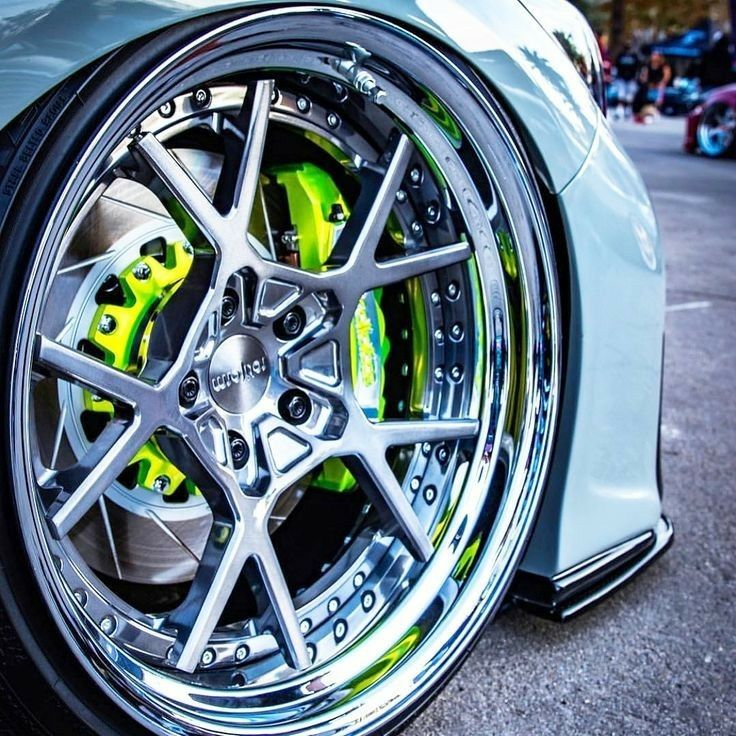
If you find a puncture, but there are no foreign bodies in it, and you do not have a spare tire and tire repair kits, there is another popular method of temporary "repair". You can screw a self-tapping screw into the hole found - if you have one, of course. In extreme cases, you can look for a self-tapping screw in the car, unscrewing it from some interior detail. This method is not reliable: it is unlikely to completely seal the wheel, but at least it will help you get to the nearest tire shop.
Some other useful tips. If the tire is completely flat, it's easier to inflate it without the spool: unscrew the spool, then inflate the tire and quickly screw it back on. The fact is that the spool itself creates resistance to the compressor when inflated, and if the flat tire does not fit snugly against the disk, the performance of a conventional magazine compressor may not be enough, and the absence of a spool helps to increase air flow and facilitate the operation of the compressor. If that still doesn't help, you can raise the car by letting the punctured tire sag: this will improve the contact between the tire and the rim and make it more likely to inflate the tire.
If that still doesn't help, you can raise the car by letting the punctured tire sag: this will improve the contact between the tire and the rim and make it more likely to inflate the tire.
Now it's time to consider repairing your tires yourself using special materials that you can carry with you or, if you have a punctured tire in the city, buy at a local auto repair shop.
The most common, cheap and easy DIY repair method is to install a raw rubber band. The kit includes an abrasive awl to expand the hole in the tire and improve the contact of the repair tourniquet with the edges, a needle for installing the tourniquet and glue to fix it when sealing a puncture. When choosing a repair kit in the store, you should pay attention to the following points:
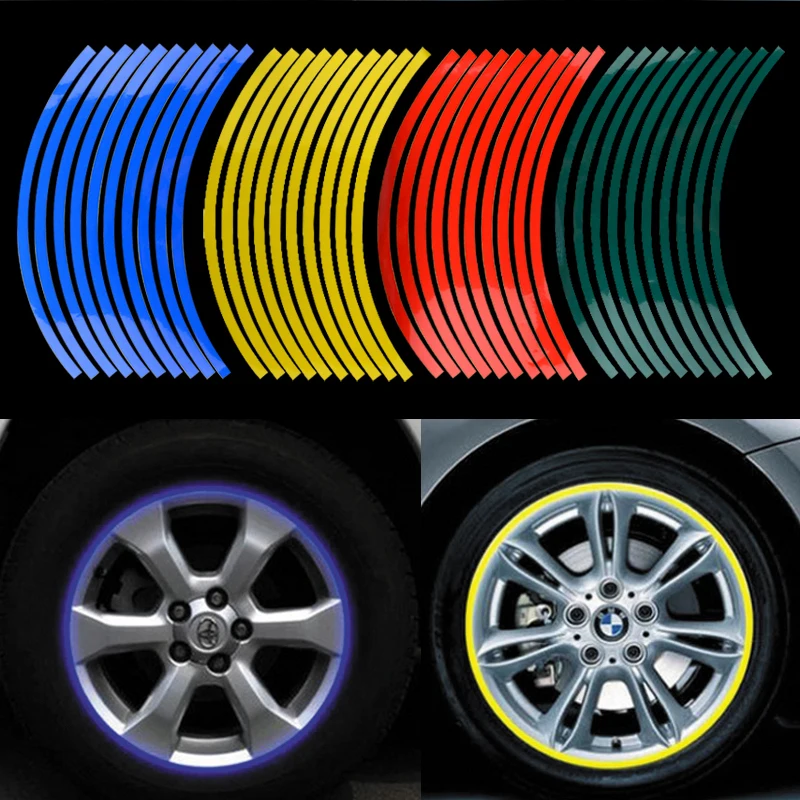
The wiring harness is installed in the following order. First, the hole found is expanded with an abrasive awl - it must be inserted and pulled out several times at the puncture site. Then a tourniquet is inserted into the eye of the needle and glue is applied to it. Then insert the needle with the tourniquet into the hole in the tire and quickly pull it out so that the tourniquet remains in the hole and the needle comes out without it. After that, simply cut the end of the harness so that it is flush with the tire and inflate the wheel.
The advantage of applying a tourniquet is that it is quite decent in terms of reliability, simplicity and cheapness. You can ride a repaired tire for a long time, and if the repair site starts to leak, you can replace the harness or have the tire repaired by professionals. The disadvantages include the possibility of damage to the tire cord during installation and less reliability compared to repair methods in a "full" tire shop.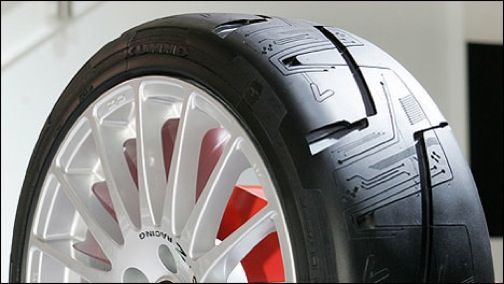 Strictly speaking, the harness is still a temporary repair, so if you can pump up the wheel and go to a tire shop, it's better not to enlarge the hole in the tire and go to the professionals.
Strictly speaking, the harness is still a temporary repair, so if you can pump up the wheel and go to a tire shop, it's better not to enlarge the hole in the tire and go to the professionals.
The second repair option is liquid aerosol sealants sold in cans. To repair a punctured tire with sealant, it is necessary to remove the foreign body from the puncture site, then pour the sealant into the wheel through the valve, turn it to distribute the compound inside the tire, inflate the wheel and drive several kilometers at low speed for the final even distribution of the sealant.
The advantages of this repair include its simplicity and less labor intensity compared to installing the strapping. However, it has its drawbacks: the larger the hole, the greater the chance that the sealant will not be able to patch it, and, in addition, such repairs can affect the balance of the wheel. Compared to a harness, it can be considered even less reliable and preferable, but simpler.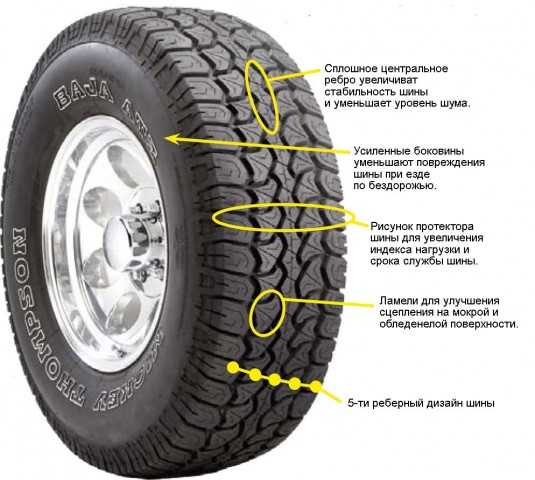
If you fit a spare tire and take the wheel to a tire shop, you may also be offered several repair options. Consider the most popular of them with an indication of the advantages and disadvantages.
1. The first way to repair is the same harness installation as described above. As we remember, the tourniquet refers to emergency repairs, so among professional tire fitters this method is considered bad form, but many workshops do not exclude it from the list of their services. The advantages and disadvantages are the same here: it will be the fastest, easiest and cheapest repair, but less reliable than other methods. It should be chosen in cases where the price and / or speed of treatment is more important to you than anything else. If quality is a priority, you might be better off using the options below.
2. The second option for repairing a punctured tire is to patch the inside of the tire, known as cold vulcanization. The tire is removed from the rim, the area around the puncture is cleaned with an abrasive and sealed with a plaster. This is a better repair solution than a harness, which is much more reliable and durable, especially in side punctures when the tire tread is not very thick and the sidewall is thinner than thick. The only downside is the higher cost: in addition to the tire repair itself, you will have to pay for the removal and installation of the wheel (or do it yourself), mounting the tire and balancing it.
The tire is removed from the rim, the area around the puncture is cleaned with an abrasive and sealed with a plaster. This is a better repair solution than a harness, which is much more reliable and durable, especially in side punctures when the tire tread is not very thick and the sidewall is thinner than thick. The only downside is the higher cost: in addition to the tire repair itself, you will have to pay for the removal and installation of the wheel (or do it yourself), mounting the tire and balancing it.
3. The third option is a “complex” of the first and second: installation of the so-called repair “mushroom”. The “cap” of the mushroom is a patch, and the “leg” is pushed from the inside of the tire out. After the patch is glued into place, we cut off the excess part of the stem, similar to a tourniquet. This seals not only the inside of the tire, but the hole itself. The advantages and disadvantages of this repair method are basically the same as patching.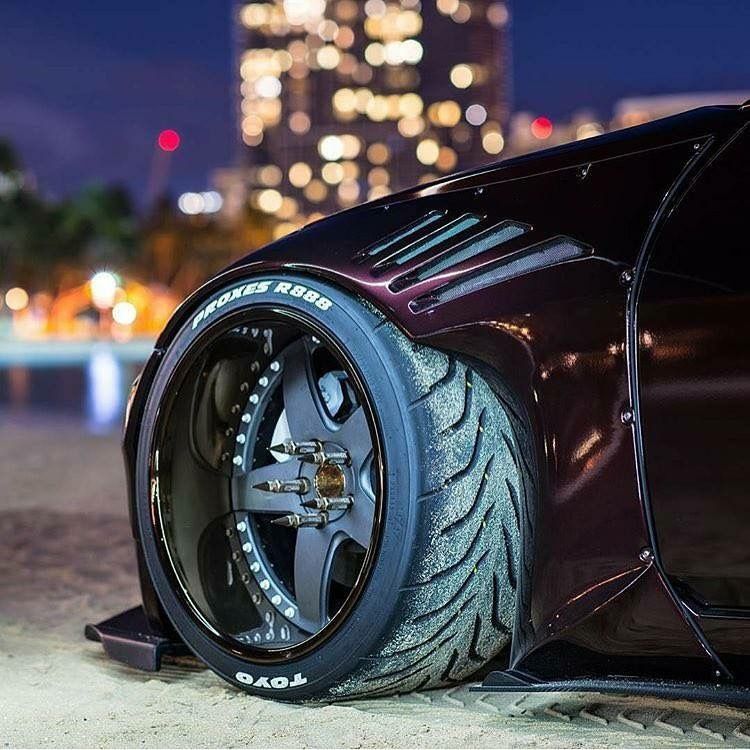
4 . An extreme "emergency" way to repair a punctured tire is to install an inner tube. This method is usually used for tires that are no longer worth repairing, or for "safety" after repairing a puncture joint. It is important to know that almost all modern tires are tubeless, so the inner tube should not be used for a long time, and you should not ride a wheel repaired in this way. Threading the inner tube is a temporary solution until you have to buy a new tire and sometimes you can keep it as a spare. Therefore, this repair method can be kept in mind as a fallback option.
We have deliberately left out of the scope of this text methods such as combined tire and patch repair and hot vulcanization. The first is used quite rarely and for specific types of damage, and it is quite easy to find out about its existence. The second method is used to repair severe side cuts and is not only rare, but also quite expensive. The cut area in this case is prepared, filled with raw rubber and processed with a hot vulcanizing press. Not every tire shop has the equipment for this procedure, and the cost of a repair can be about half the cost of a new tire.
Not every tire shop has the equipment for this procedure, and the cost of a repair can be about half the cost of a new tire.
There is not always a way to call a tow truck, and driving on a flat tire, “chewing” the rubber and killing the rim is at least uncomfortable.
The very first replacement of rubber on a motorcycle or scooter gives reason to think - what is better in terms of quick repairs: tubeless ones that do not require wheel disassembly to eliminate a puncture, but leave the rider helpless if, along with damage, it “led” and flattened the edge of the disc? Or chambers - allowing sealing almost ring breaks (if only there were enough patches), but requiring the removal of rubber from the rim for this? The unequivocal answer is no. Few classics, straights or tourers today remain "loyal" to tube rubber models: tubeless tires are lighter, softer, warm up and cool down faster thanks to simplified heat transfer.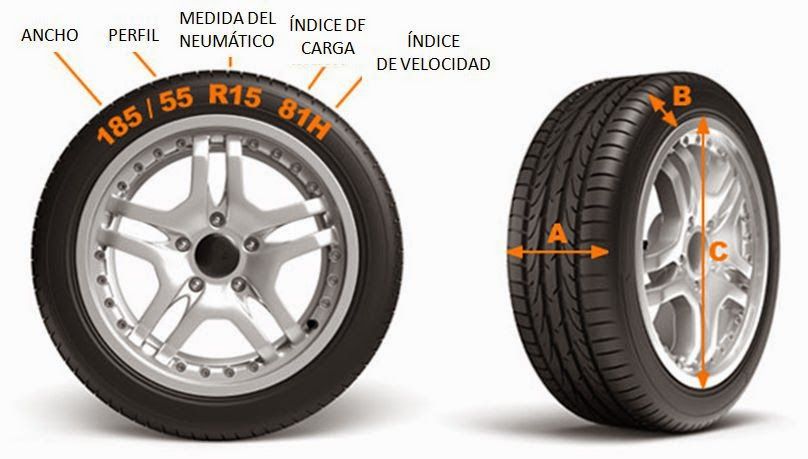 In sports, more precisely - enduro and motocross, chamber - on the contrary, prevail: only spoked wheels can "play", withstanding strong alternating loads during landings and impacts.
In sports, more precisely - enduro and motocross, chamber - on the contrary, prevail: only spoked wheels can "play", withstanding strong alternating loads during landings and impacts.
The nuance is that a tire with a chamber can be put on any spoked or cast disc, and a tubeless one can only be placed on a cast one, because only it can ensure tightness. Tube – can be installed in a tubeless tire as an emergency measure. In case of major damage to the sidewall, cracks or curvature of the edges of the rim, this will make it possible, after pumping up the wheel, to reach the nearest tire service (and there already - straightening, balancing and other maintenance according to the rules). True, for such a focus, it is advisable to take a camera with a face value one less than the diameter of the disk, otherwise it will create folds inside that will rub for a couple of hundred kilometers. The resource of such a “treatment” is large - until the next puncture, like a new one.
It depends on the magnitude of the damage whether it will be possible to eliminate it on your own, or whether you will have to “surrender” to the motorized tow truck. In tubeless - holes up to 5–6 mm are patched, in chambers - as much as there is enough glue and patches, the main thing is the condition of the tire. To determine the extent of the disaster - find a place where you can safely stop without violating traffic rules (where it is prohibited - you will have to sacrifice tires and drive on).
In tubeless - holes up to 5–6 mm are patched, in chambers - as much as there is enough glue and patches, the main thing is the condition of the tire. To determine the extent of the disaster - find a place where you can safely stop without violating traffic rules (where it is prohibited - you will have to sacrifice tires and drive on).
If the wheel deflates slowly, and the object that pierced it is still inside, you can try to carefully drive to the tire shop. A completely deflated "pancake" will have to be resuscitated on the spot, or - remove the wheel and take it to the service.
To find a hole in a tubeless tire, if it is very thin and not immediately visible, the wheel must be pumped up, slowly pouring water - bubbles will go. In place, tubeless tubes can be “harnessed”, or filled with sealant inside, without removing from the motorcycle.
With the second type of tires - more difficult. A torn balloon must be removed from the tire to detect a defect and seal.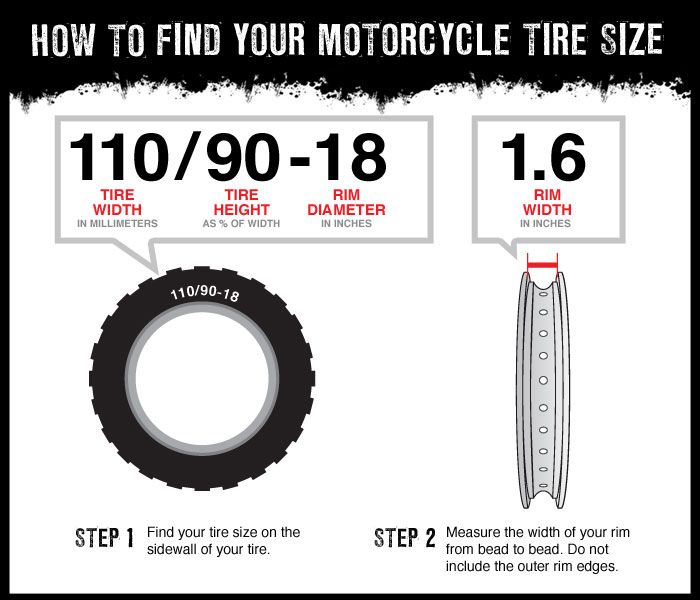 In a good way, the wheel must be removed from the motorcycle and disassembled on a clean, flat, hard base. Suppose such a “patch” can be provided even off-road, but how to remove the wheel on a motorcycle if it does not have a central stand? And shooting is not required. The motor must be carefully laid on its side, after making sure that the faucet is closed, gasoline does not flow out through the tank cap (antifreeze does not flow from the tank if the motor is “dropsy”), and removing the plastic or wardrobe trunk with fragile contents (if any).
In a good way, the wheel must be removed from the motorcycle and disassembled on a clean, flat, hard base. Suppose such a “patch” can be provided even off-road, but how to remove the wheel on a motorcycle if it does not have a central stand? And shooting is not required. The motor must be carefully laid on its side, after making sure that the faucet is closed, gasoline does not flow out through the tank cap (antifreeze does not flow from the tank if the motor is “dropsy”), and removing the plastic or wardrobe trunk with fragile contents (if any).
You will have to unscrew the wheel from the motorcycle only if you need to replace the tire, or it is decided to patch the tubeless tube with a “fungus”. In the absence of a central stand, this will also have to be done on a lying bike, or - make this stand from improvised materials (bricks, stump, car jack), placing them under the crankcase protection from below, the central tube of the frame, the duplex jumper (but not under the plastic, itself engine crankcase or attachments!), under both footrests - if they are not folding, or - under the pendulum.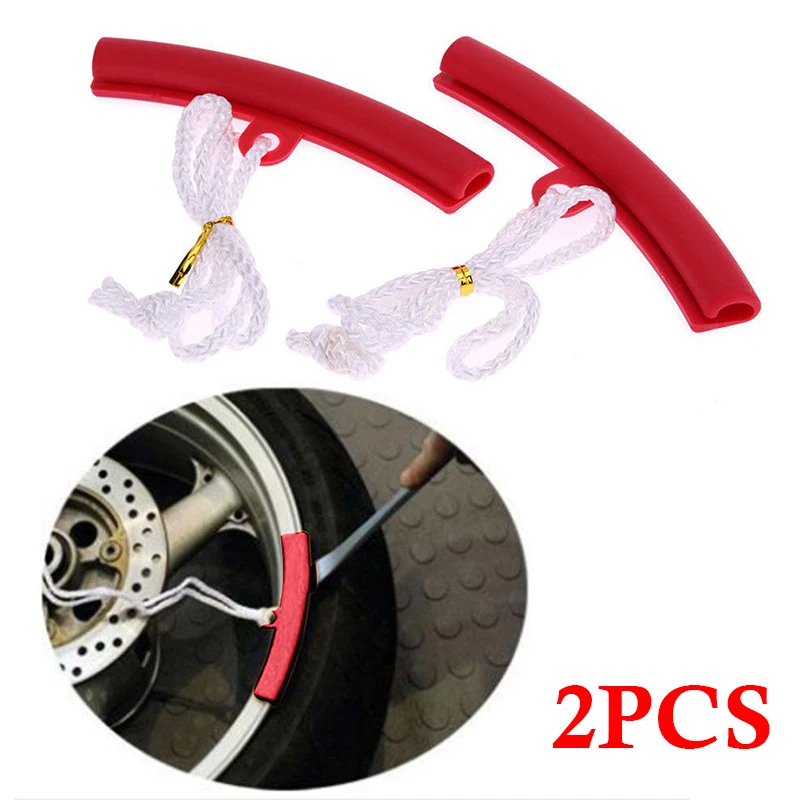 Before removing the rear wheel on a motorcycle, the front fork must be loaded with something, or an even higher lining is made.
Before removing the rear wheel on a motorcycle, the front fork must be loaded with something, or an even higher lining is made.
In a motorcycle tire fitting shop, tubeless tubes are repaired by cold vulcanization. They are removed, disassembled, the puncture site is cleaned from the inside, degreased, lubricated with glue and a calibrated “fungus” patch is inserted into the hole from the inside. The fungus itself is a thin plate of rubber with a “leg” tube in the center. The leg - by the guide wire is dragged through the hole of the damage, and the "hat" seals it.
After half an hour - you can put the tire back. The reliability of such a repair is high, the patch does not cause a significant imbalance, the service life of a sealed tire does not decrease.
This method is also applicable on the road, the main thing is to have the necessary equipment and materials with you:
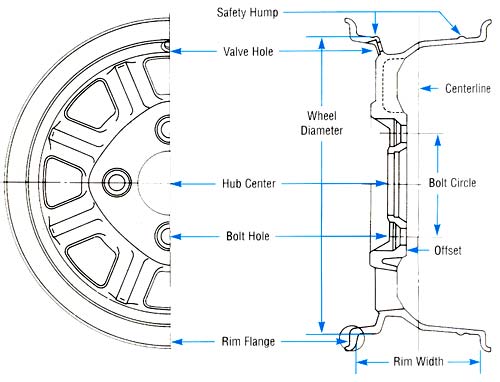
The fungus repair procedure does not require much experience. The main thing is to keep it clean, fully clean the place where the patch fits, let the glue dry slightly to a dull finish and press (roll) the surface of the fungus with high quality, expelling all the air between the layers. If necessary, you can degrease the place before gluing with gasoline, but without the rest of the above, it will not be possible to fully carry out repairs.
The compressor is sometimes replaced by a small cylinder of compressed air or carbon dioxide. Unlike a mechanical pump, it will immediately create a “throw” of pressure, pressing the tire beads against the rim flanges (in emergency cases, even a fire extinguisher was used to pump flat tubeless wheels). When connecting the compressor, start the bike's engine before you start inflating the tire - let it idle. Otherwise, the motor can "land" the battery, and you will not start.
Otherwise, the motor can "land" the battery, and you will not start.
Manometer - needed for control. It is undesirable to pump over the repaired tire. It is recommended to "inflate" 0.2 atmospheres less than the nominal value. Inflating too little is also bad: a flat tire has a larger contact patch with the road, so the place of a fresh patch will deform more.
“Burning” a tubeless tube and sealing its internal cavity through a nipple are quick, simple methods that do not require special skills. To repair the damage, you only need the materials themselves, and how to pump up the wheel.
Now in Moscow, and not only, 6-5 varieties of cans with a sealant are sold - a quickly hardening "liquid rubber", with a volume of 800 to 250 ml.
Applying "Anti-Puncture" is simple: put a tube with a fitting on the nipple of the camera, turn the can over, and hold the button according to the instructions. Then - pump up the wheel, cleaning the nipple from the foam, roll it, making a full turn to distribute it.
Then - pump up the wheel, cleaning the nipple from the foam, roll it, making a full turn to distribute it.
The sealant is blown out with air into the puncture hole and clogs it, solidifying. After 20 minutes - you can go. Reliability of repair is high. Resource - until the next puncture.
If you have a compressor, start immediately pumping up the wheel, so it will be easier to work with a puncture, insert a patch, and it will swell faster.
Procedure:
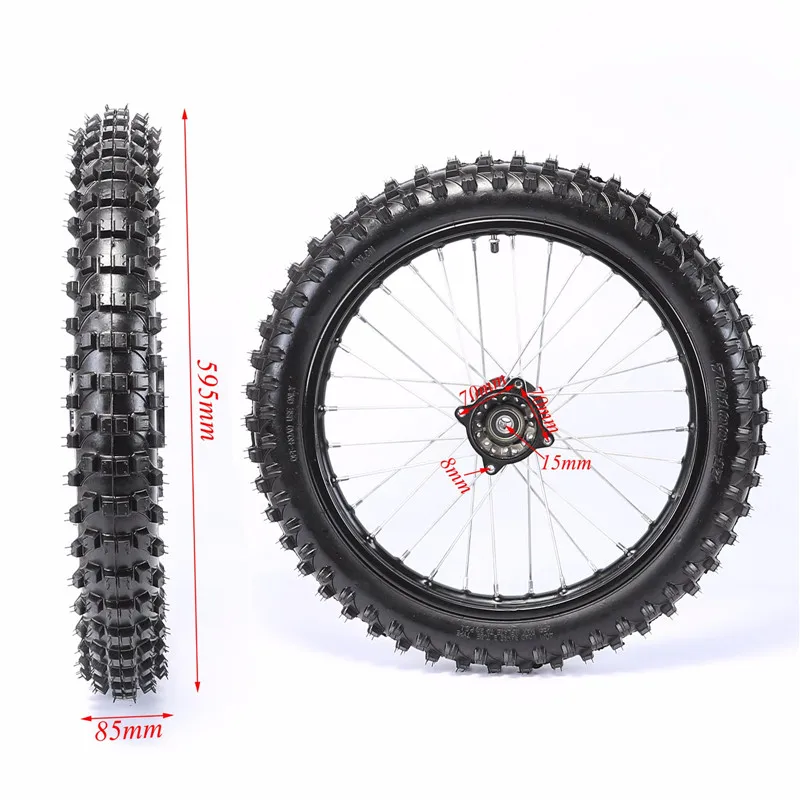
You can go in 5 minutes, you just need to make sure that it doesn’t descend anywhere else.
Outwardly identical, repair kits for harnessing wheels can differ in price by almost half. This variation is explained by different configurations - one will have only three items, the other - six or seven.
A complete tubeless tire repair kit contains:
Regardless of the cost, you need to choose a kit in which the harnesses will be reinforced, and the awl - with a deep spiral winding (notch), and not a “needle file”. Inserting a flagellum is sometimes easier with a regular thin screwdriver. If there is no glue in the kit, or it has dried up, the flagellum is moistened with gasoline.
Inserting a flagellum is sometimes easier with a regular thin screwdriver. If there is no glue in the kit, or it has dried up, the flagellum is moistened with gasoline.
At motorcycle service stations and car services, holes in the chambers are closed by hot vulcanization: a layer of raw rubber is applied to the cleaned, fat-free puncture site and, after squeezing it well, it is heated with a special “iron”. Iron - burns, layers - are fused into a single whole. Reliability of repair is high. The resource will be almost like a new one.
Cold vulcanization (patching) - used if the workshop is not equipped with a vulcanizer. In this case, the quality of the service and the reliability of the repair will depend on the accuracy of the master. For the convenience of gluing, the camera is completely removed in the service, but, I repeat, this is not necessary. It can be repaired on the spot in the same way (there are no other options except for replacing the camera), but without removing it from the motorcycle.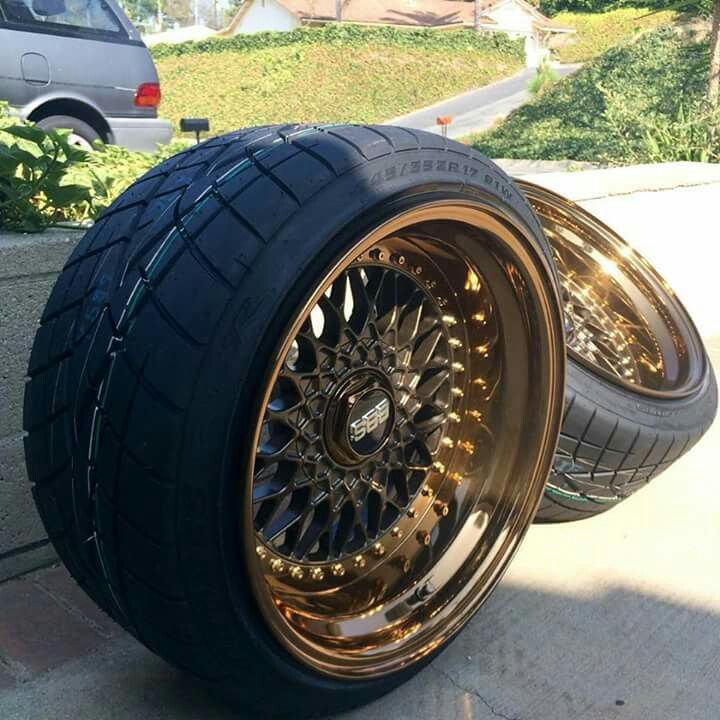
This can only be done if you have two metal mounting blades. At least one, the second can be replaced with another flat tool. You can still disassemble the wheel with a wide screwdriver and a “family” key wrapped with electrical tape. But this is only as a last resort, otherwise you can damage the cord.
Sequence of work:
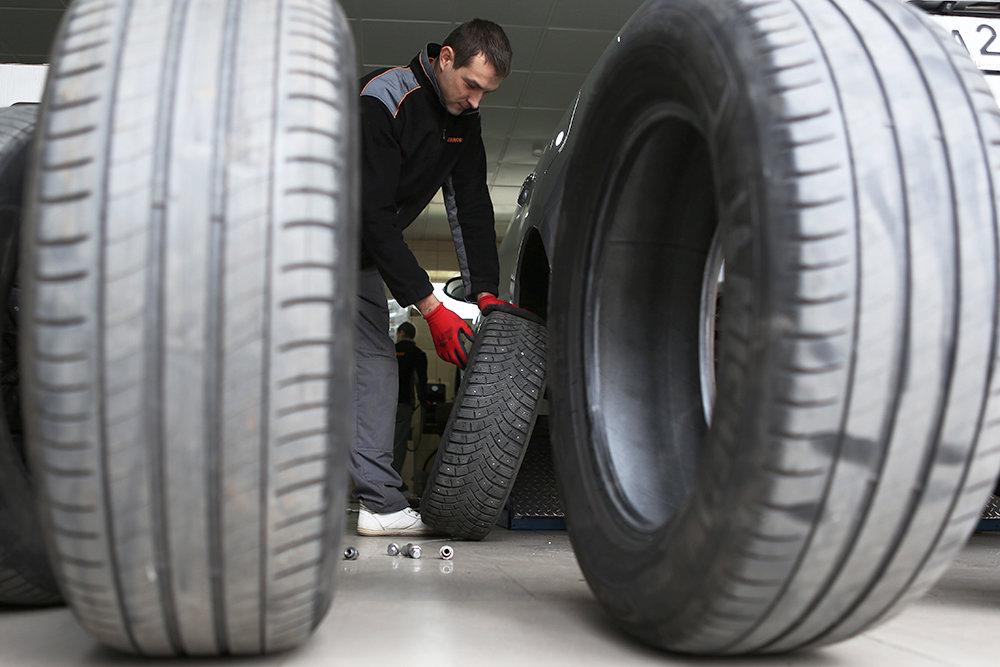 Let the glue dry for a minute.
Let the glue dry for a minute. The fencing must be carried out twice as carefully and more slowly than dismantling, lubricate the side with water or soap, “help” more with your hands, otherwise there is a risk of picking up the edge of the chamber with a spatula and tearing it.
Important! If the wheels of the motorcycle are equipped with tow bars - before pressing the tire bead from the rim, you need to loosen this tow bar! But do not unscrew the nut completely, do not disassemble to the end.
A standard “first aid kit” (a set for repairing classic motor rubber) contains only patches and glue, so it is advisable to supplement it yourself with a piece of “skin” or a needle file. You can degrease with gasoline, or apply a little glue first and wipe off immediately, rolling up the dust with it.
Now there is no shortage of specialized motorcycle workshops not only in Moscow - in all major cities there are motorcycle helpers who help motorcyclists directly on the track, or tow to where you can quickly change the camera, or patch the tubeless correctly, so that there is no trace left. Where there is a guarantee.
Self-replacement of a tire on a motorcycle requires a certain physical condition, and for the first time - a “kilometer of nerves”. At the service station, instead of you, automation will “sweat”, which will not lock up the board and will not scratch the disc coating with a spatula. The main thing is to do it quickly (if you need to go urgently, the price sometimes does not matter).
At the service station, instead of you, automation will “sweat”, which will not lock up the board and will not scratch the disc coating with a spatula. The main thing is to do it quickly (if you need to go urgently, the price sometimes does not matter).
Repair at the service - may be the only possible one if, due to driving on a flat tire, the tire nipple is turned and torn off. Especially if he flew off and got lost, but there is no spare. In mototiremontazhke - there is always a set of consumables for any wheel diameter. In the same place, in extreme cases, you can buy a new tire, or a used dokatka.
In addition to the patch, for normal operation of the wheel, balancing must be ensured. This is generally a useful procedure during any change of rubber, otherwise if there is a strong imbalance, the wheel bearing will inevitably break due to vibrations, and the hands will quickly get tired and “buzz” after long rides.
The first couple of tens of kilometers - do not drive, go at the speed of the stream.